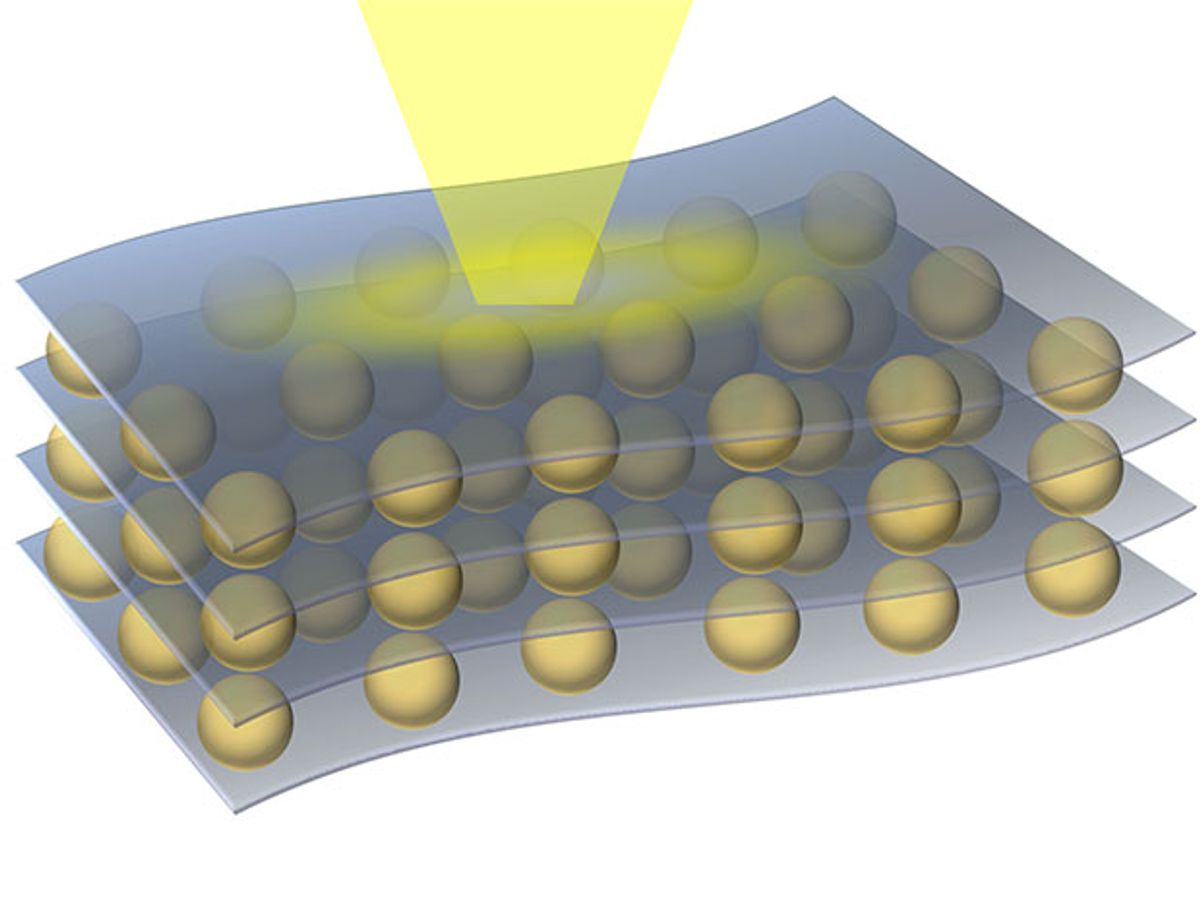Two-dimensional (2D) materials such as those made from transition metal dichalcogenides (TMDs) are layered one on top of another to create devices that could potentially be used for electronics. In fact, how these materials are layered determines to a large extent the electronic properties of the final device.
One property that engineers have kept in mind when plotting the layering of TMDs and other 2D materials is how they dissipate heat. Researchers at North Carolina State University, the University of Illinois at Urbana-Champaign (UI) and the Toyota Research Institute of North America (TRINA) have discovered an almost counterintuitive phenomenon in the layering of 2D materials that should help them to dissipate heat when they are fabricated into electronic devices.
In research described in the journal Nature Communications, the researchers wanted to address the issue of the difference in how heat is conducted in the strong, horizontal “in plane” bonds of the layers versus the weak, “out of plane” bonds between the layers. What they discovered was that in TMDs, heat was conducted at 100 watts per meter per Kelvin (W/mK) in plane, but at only 2 W/mK out of plane. This gives the TMDs a “thermal anisotropy ratio” of about 50. Anisotropy is when a material has a physical property that is different in one direction versus another. For instance, wood is stronger along its grain rather than against it.
The researchers wanted to see if they could increase these 2D materials’ heat conduction ratio to an even higher number. That would almost guarantee that the heat would travel in plane—along the layer—rather than between the layers.
To accomplish this, they added a few lithium ions between layers of molybdenum disulfide (a TMD). Two key changes were observed: First, it put the two layers out of alignment; and, second, it forced the atoms of molybdenum disulfide to rearrange. Those molecular adjustments were sufficient to yield an in-plane thermal conductivity of 45 W/mK and an out-of-plane thermal conductivity of only 0.4 W/mK. In other words, the thermal anisotropy ratio rose from 50 to more than 100.
Curiously, the number of lithium ions they struck upon was just right; in iterations of the experiment when they added more or fewer lithium ions, the result was actually a dip in the material’s thermal anisotropy ratio. But this taught them that the change in heat conductivity was tunable.
“This finding was very counterintuitive,” said Jun Liu, an assistant professor of mechanical and aerospace engineering at NC State and co-corresponding author of a paper, in press release. “The conventional wisdom has been that introducing disorder to any material would decrease the thermal anisotropy ratio.
Liu added:
But based on our observations, we feel that this approach to controlling thermal conductivity would apply not only to other TMDs, but to 2D materials more broadly. We set out to advance our fundamental understanding of 2D materials, and we have. But we also learned something that is likely to be of practical use for the development of technologies that make use of 2D materials.
Dexter Johnson is a contributing editor at IEEE Spectrum, with a focus on nanotechnology.



